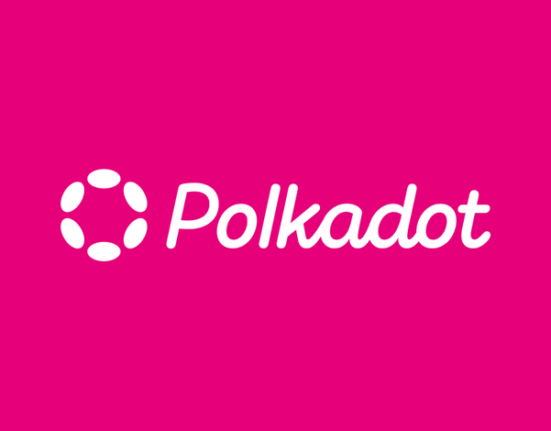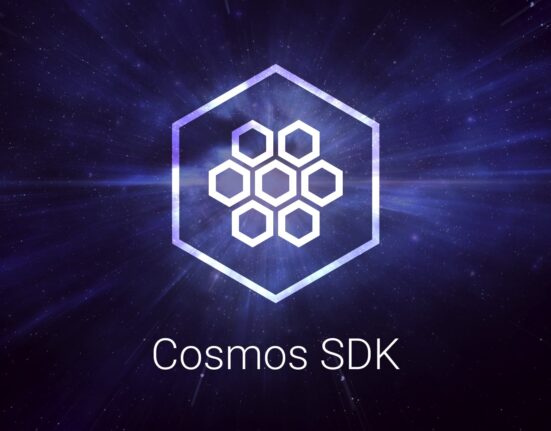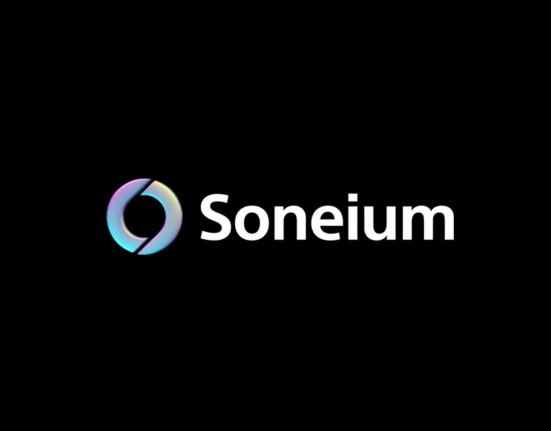The concept of digital identity has become increasingly important in today’s world, where so much of our lives and transactions take place online. As we navigate the digital landscape, the question of how our identities are managed and controlled has come to the forefront. This article delves into the contrasting worlds of centralized and decentralized identity, exploring their respective pros and cons, and examining the implications they hold for individuals, businesses, and society as a whole.
Contents
Centralized Identity: The Traditional Approach
For a long time, centralized identity has been the dominant model for managing digital identities. In this approach, a central authority, such as a government, corporation, or service provider, is responsible for issuing, verifying, and managing identities. This model has been widely adopted due to its perceived convenience and familiarity.
Pros of Centralized Identity:
- Simplicity: Centralized identity systems are relatively straightforward to implement and understand. Users only need to create and manage a single identity with the central authority, streamlining the process.
- Familiarity: Most people are already accustomed to the concept of centralized identity through their interactions with banks, governments, and other institutions that issue physical identification documents.
- Accountability: With a central authority overseeing the identity management process, there is a clear entity responsible for ensuring the integrity and security of the system.
Cons of Centralized Identity:
- Single Point of Failure: A centralized system presents a single point of failure, making it vulnerable to breaches, hacking attempts, or system failures that could compromise the entire identity infrastructure.
- Privacy Concerns: Centralized identity systems require users to entrust their personal information to a central authority, raising privacy concerns and the potential for data misuse or surveillance.
- Vendor Lock-in: Users are typically bound to a specific central authority, limiting their ability to easily switch or transfer their digital identities to other service providers.
- Scalability Issues: As the number of users and transactions grows, centralized systems may face scalability challenges, leading to performance bottlenecks and potential downtime.
Decentralized Identity: The Emerging Paradigm
Decentralized identity, also known as self-sovereign identity, is a relatively new concept that aims to put individuals in control of their own digital identities. In this model, there is no central authority responsible for issuing or managing identities. Instead, individuals create and manage their own identities using cryptographic techniques and distributed ledger technologies like blockchain.
Pros of Decentralized Identity:
- User Control: Decentralized identity empowers individuals by giving them complete control over their personal information and digital identities, reducing the need to rely on third parties.
- Privacy and Security: By eliminating the need for a central authority, decentralized identity systems enhance privacy and security, as there is no single point of failure or centralized data storage vulnerable to attacks or breaches.
- Interoperability: Decentralized identity systems are designed to be interoperable, allowing individuals to use their digital identities across different platforms and services without vendor lock-in.
- Resilience: With no central point of control, decentralized identity systems are inherently more resilient to failures, as the network can continue to function even if some nodes go offline.
Cons of Decentralized Identity:
- Complexity: Implementing and managing decentralized identity systems can be more complex compared to traditional centralized models, requiring a deeper understanding of cryptographic techniques and distributed ledger technologies.
- Adoption Challenges: As a relatively new concept, decentralized identity faces adoption challenges, with many individuals and organizations still unfamiliar with the technology and its benefits.
- Lack of Established Standards: While efforts are underway to develop industry standards for decentralized identity, the landscape is still evolving, potentially leading to compatibility issues across different implementations.
- User Responsibility: With greater control comes greater responsibility for users to securely manage their digital identities, which may pose challenges for those unfamiliar with cybersecurity best practices.
Also Read: What are Blockchain Rollups?
Key Considerations and Use Cases
When evaluating the choice between centralized and decentralized identity, several factors come into play, including the specific needs of the organization or application, the level of trust required, and the desired balance between control, privacy, and convenience.
Centralized identity may be more suitable in scenarios where:
- A high degree of trust is placed in a central authority (e.g., government agencies, financial institutions).
- Regulatory compliance or legal requirements mandate the use of centralized identity systems.
- Simplicity and ease of implementation are priorities.
Decentralized identity, on the other hand, may be preferable in situations where:
- Privacy and user control over personal data are paramount.
- There is a need for interoperability across multiple platforms or services.
- Resilience and resistance to single points of failure are critical.
- Individuals or organizations value self-sovereignty and want to minimize reliance on third parties.
Centralized vs. Decentralized Identity – A Comparative Overview
| Aspect | Centralized Identity | Decentralized Identity |
|---|---|---|
| Control | Central authority controls identity management | Users have complete control over their identities |
| Privacy | Requires entrusting personal data to a third party | Enhances privacy by eliminating central data storage |
| Security | Single point of failure, vulnerable to breaches | No single point of failure, more resilient |
| Interoperability | Limited to specific service providers | Designed for cross-platform interoperability |
| Scalability | May face challenges as user base grows | Inherently more scalable due to decentralized nature |
| Complexity | Relatively simple to implement and understand | More complex, requires understanding of cryptography and distributed ledgers |
| Adoption | Widely adopted and familiar | Emerging technology, facing adoption challenges |
| Standards | Established standards exist | Standards still evolving, but efforts underway |
The Path Forward: Hybrid Approaches and Industry Collaboration
As the debate between centralized and decentralized identity continues, it is becoming increasingly clear that a one-size-fits-all solution may not be realistic. Instead, hybrid approaches that combine elements of both models could emerge as a viable option, allowing organizations to strike a balance between the benefits of centralized and decentralized systems.
For example, a hybrid model might involve a centralized identity provider acting as a trusted intermediary, while leveraging decentralized technologies like blockchain to enhance privacy, security, and interoperability. Alternatively, decentralized identity systems could be layered on top of existing centralized infrastructures, providing users with greater control and self-sovereignty while still benefiting from the familiarity and established processes of centralized identity management.
Key Considerations for Adopting Decentralized Identity
- Assess the specific needs and requirements of your organization or application.
- Evaluate the level of trust required and the desired balance between control, privacy, and convenience.
- Consider the technical expertise and resources available for implementing and managing decentralized identity systems.
- Evaluate the potential impact on existing processes, systems, and regulatory compliance requirements.
- Develop a comprehensive strategy for user education and adoption, as decentralized identity may require a cultural shift.
- Engage with industry consortia and standards bodies to stay informed about emerging best practices and interoperability standards.
- Explore hybrid approaches that combine elements of centralized and decentralized identity to leverage the strengths of both models.
- Foster collaboration and partnerships with other organizations and stakeholders to drive the adoption and development of decentralized identity solutions.
As the digital landscape continues to evolve, the debate between centralized and decentralized identity will likely intensify. While both models have their advantages and drawbacks, it is clear that the future of identity management will be shaped by the ability to strike a balance between security, privacy, and usability.
Through industry collaboration, the development of robust standards, and the exploration of innovative hybrid approaches, we can work towards a future where individuals and organizations have greater control over their digital identities while still benefiting from the convenience and familiarity of established systems.
Ultimately, the choice between centralized and decentralized identity will depend on the specific needs and priorities of each organization or individual. However, by staying informed, embracing emerging technologies, and fostering a culture of collaboration, we can navigate this complex landscape and unlock the full potential of digital identity for a more secure, private, and user-centric online experience.

Raksha, a seasoned journalist, specializes in crafting insightful narratives on blockchain and AI developments. With a keen eye for innovation, she distills complex topics into accessible stories, providing readers with a clear understanding of the dynamic intersection between these transformative technologies.







